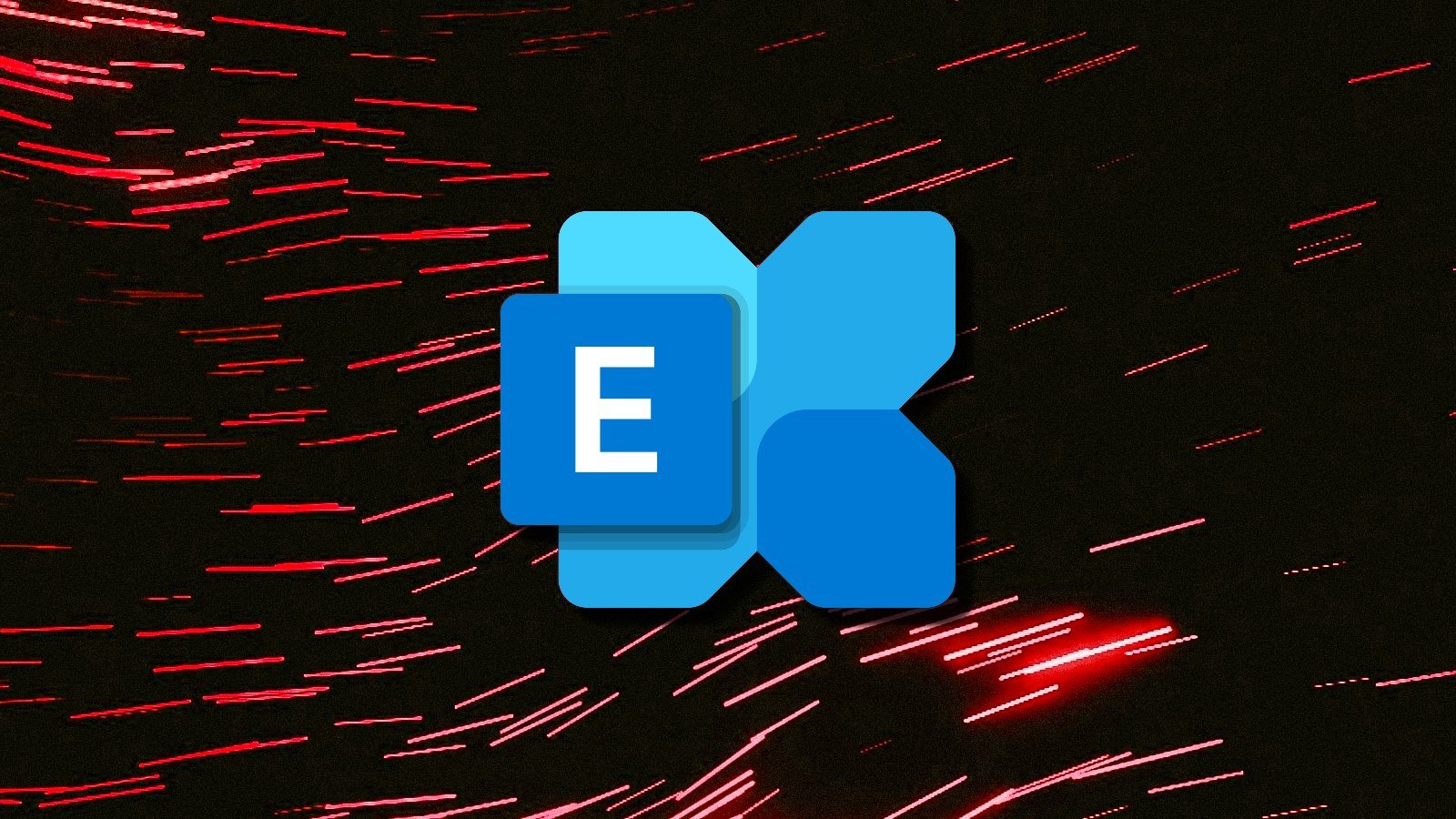Microsoft resolved an issue with its machine learning model which incorrectly flagged emails sent from Gmail accounts in Exchange Online as spam.
“We’ve identified that our machine learning (ML) model, which safeguards Exchange Online against risky email messages, is incorrectly identifying legitimate email messages as spam due to their similarity to email messages used in spam attacks, which is resulting in impact,” The company explained its decision to acknowledge the ML model bug.
Microsoft stated in a final update of the incident report, added on May 1, at 16:31 UTC that it had successfully reverted to the previous working ML model, mitigating false positive issues. It also said that admins and Gmail users may have been able create custom rules to ensure messages were not sent to the junk file while the service was affected. Microsoft added. Redmond has not yet revealed which regions or customers were affected. However, this service issue is a classified incident, meaning that it had a noticeable impact on users.
Microsoft handled similar issues at the beginning of the year. This led to emails being incorrectly classified as spam or quarantined. Last week, for example, Microsoft mitigated a machine-learning problem that incorrectly flagged Adobe email in Exchange Online.
It addressed another Exchange Online false-positive in March, causing antispam systems incorrectly to quarantine users’ emails.
It also had to disable a bad spam rule that was flooding Microsoft 365 admins inboxes, mistakenly flagging outbound emails as spam. In August 2024, the bug that automatically quarantined emails containing images and tagged them as malicious was mitigated.
